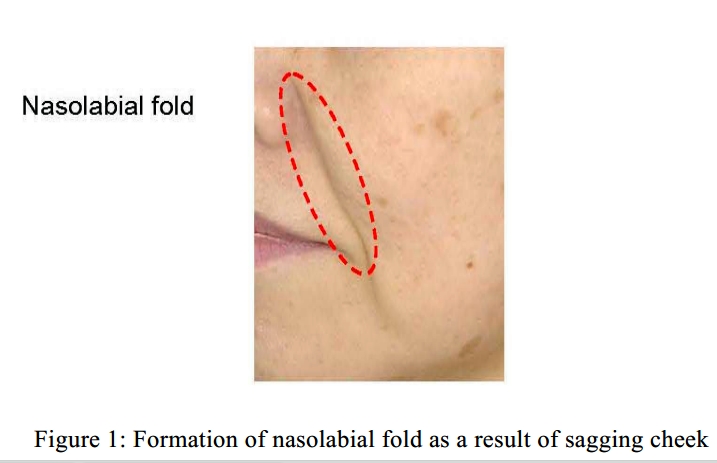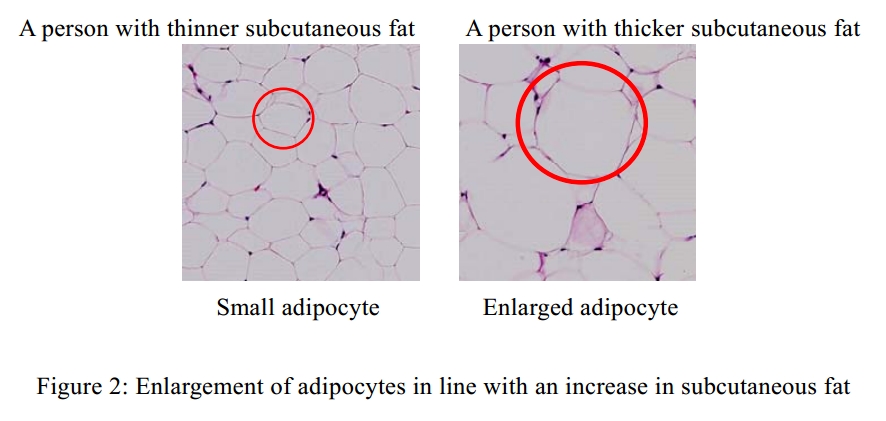Researchers at Shiseido claim they have clarified the reason for nasolabial folds, commonly known as smile lines

Researchers at Shiseido has newly clarified the formation mechanism of nasolabial folds, commonly known as smile lines, which become deeper and longer as a person becomes older, as well as discovered that Rubus suavissimus Shugan Lee. Extract derived from its leaves is effective for the prevention and improvement of these folds. Shiseido will apply these findings to new anti-aging skincare and cosmetics products set to be launched in autumn 2012.
Shiseido has made a new breakthrough regarding the formation mechanism of nasolabial folds. Specifically, research has revealed that when subcutaneous fat in the cheek increases, adipocytes become enlarged and “bad” [negative] factors (free fatty acids) are secreted excessively, thereby causing dermal damage. Consequently, the damaged dermis loses its resilience and elasticity and its ability to support the cheeks, which in turn causes nasolabial folds to become deeper and longer.
Shiseido has identified a new measure for “preventing and improving nasolabial folds by helping enlarged adipocytes return to a healthy size and recovering the skin’s resilience and elasticity by reducing the secretion of “bad” [negative] factors that cause dermal damage.” In this regard, researchers found that Rubus suavissimus Shugan Lee Extract is effective for the prevention and improvement of these folds as a treatment ingredient [agent].
It is important for adipocytes to be in a good condition (reduce the size of enlarged adipocyte and return to a healthy condition)” in order to prevent and improve nasolabial folds. As a result of screening various plant-derived extracts, Shiseido found that Rubus suavissimus Shugan Lee. Extract derived from its leaves has excellent effects as a treatment ingredient.
Rubus suavissimus Shugan Lee. Extract reduces the size of enlarged adipocytes, decreases the secretion of “bad” [negative] factors and increases the secretion of “good” positive factors. As a result, the condition of the dermis gets better, thereby leading to the expected prevention and improvement of nasolabial folds.


